Optical module is an important part of the field of optical communication, with the rise of digital economy, big data, cloud computing, artificial intelligence and other industries, the optical module market has experienced rapid development, and gradually in the data center, wireless backpass, telecommunications transmission and other application scenarios are widely used. Based on the current development status of the global optical module market, this paper analyzes the development trend of the optical module market.
Status of the optical module market
Industry status: The global market scale is growing, and the domestic share continues to increase
Since the optical module industry has entered the stage of accelerated development, thanks to the continuous expansion of application scenarios and the rapid growth of the market, the industry as a whole has maintained a rapid growth trend. According to statistics, the global optical module market size increased from $4.6 billion in 2015 to $9.7 billion in 2022, with a compound annual growth rate (CAGR) of 10.5%, and the growth momentum is strong.

Global Telecommunications Market Optical Module Market Size and Forecast (USD million)
In the data communication market, transmission carriers such as optical modules and optical fiber jumpers are needed in the data center architecture to realize the connection between servers, the connection between switches, and the connection between servers and switches to realize the interoperability of data. According to LightCounting, the global data center optical module market is worth $4.38 billion in 2021. With the rapid development of cloud computing, big data, ultra-high-definition video, artificial intelligence and 5G industry applications, network access frequency and access means continue to increase, and the rapid growth of network data traffic puts higher requirements on data center interconnection. At present, 100G optical modules have become the mainstream application solution for large data centers, and 200/400G optical modules have followed, and ICP's data center solutions have changed from 10/40G optical modules to 100G optical modules.
Supply and demand side: Strategic cooperation between supply chain members is driving the growth of the optical module market size
Strategic cooperation among supply chain members is rapidly driving the growth of the global optical module market. With the increasing demand of the iot market and enterprise data, video and IP/ Internet traffic, the need for higher bandwidth is also becoming more urgent. In order to meet the networking needs of the next generation of data centers, supply chain members are actively engaged in strategic cooperation to jointly develop and design standards for optical modules. In addition, multiple suppliers around the world have joined the development and production of multi-source protocol (MSA) optical modules (such as QSFP, SFP, SFP+, XENPAK and XFP).
Development trend of optical module market
According to Technavio's analysis data, the optical module market size is expected to increase by $4.71 billion between 2022 and 2027, with a compound annual growth rate of 14%. The data communication market share will increase significantly, and the Asia-Pacific region will contribute 42% of the global market growth.
The data communications market share is expected to grow significantly during the forecast period and is expected to grow to $7.333 billion by 2025, at a CAGR of 13.09%. In addition, it is not only driving the development of new applications such as IaaS, cloud computing, big data, but also expanding in terms of network deployment and architecture to provide non-blocking network performance. The optical module market is expected to see substantial growth due to the increase of data centers in the Asia Pacific region (such as China Telecom), with the Asia Pacific region accounting for 43% of the market growth.
The downstream optical module is mainly used in three scenarios: telecom bearer network, access network, data center and Ethernet. In recent years, representative downstream applications in the fields of AR/VR, Internet of Things, Metaverse, industrial intelligence and AI have seen substantial growth. Driven by factors such as the large-scale popularization of 5G, increasing demand in the data center market, upgrading of wireless communication, and the outbreak of traffic in multiple application scenarios, downstream applications are driving the continuous upgrading of the luminescent module as a continuous development of computing facilities, driving the significant growth of the demand for 800G optical modules. High-speed optical modules represented by 800G optical modules will gradually iterate on 200G and 400G optical modules.
Sum up
Optical modules are mainly used in the digital communication market, telecommunications market and emerging markets. Among them, the digital communication market is the fastest growing market, which has surpassed the telecommunications market to become the main growth point of the optical module industry. The telecom market is the earliest application field of optical modules, and the demand for optical modules will increase significantly. Emerging markets, including areas such as consumer electronics and industrial automation, have great potential for development. The downstream applications of optical modules are widely distributed in data centers, 5G base stations and bearer networks, optical fiber access and emerging industries. In the future, with the rapid development of data centers, the expansion of the optical fiber access market, the promotion of 5G technology and the vigorous development of emerging industries, the optical module industry will usher in explosive growth.
C-light's transceivers are known for their durability and longevity, providing a cost-effective solution for long-term use. The compatibility with various networking devices and interfaces further enhances versatility and usability of C-light transceivers in diverse networking environments. C-light's commitment to innovation and quality assurance ensures that the transceivers consistently deliver high performance and reliability, maintaining customer satisfaction and trust. With C-light's transceivers, users can experience seamless and efficient data transmission, making C-light a top choice for professionals seeking top-tier optical communication solutions.









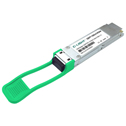

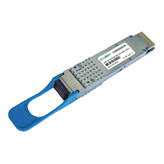

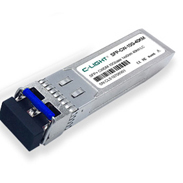
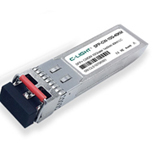
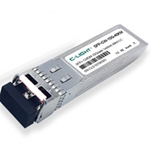
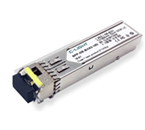
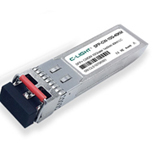
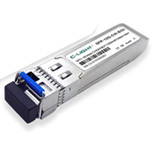



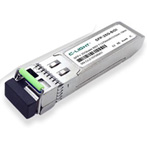
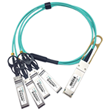
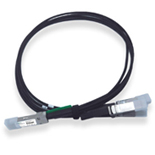
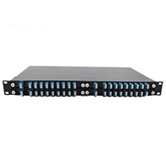
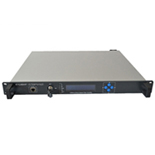
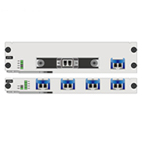

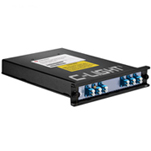
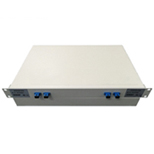


 Your current position:
Your current position: 



